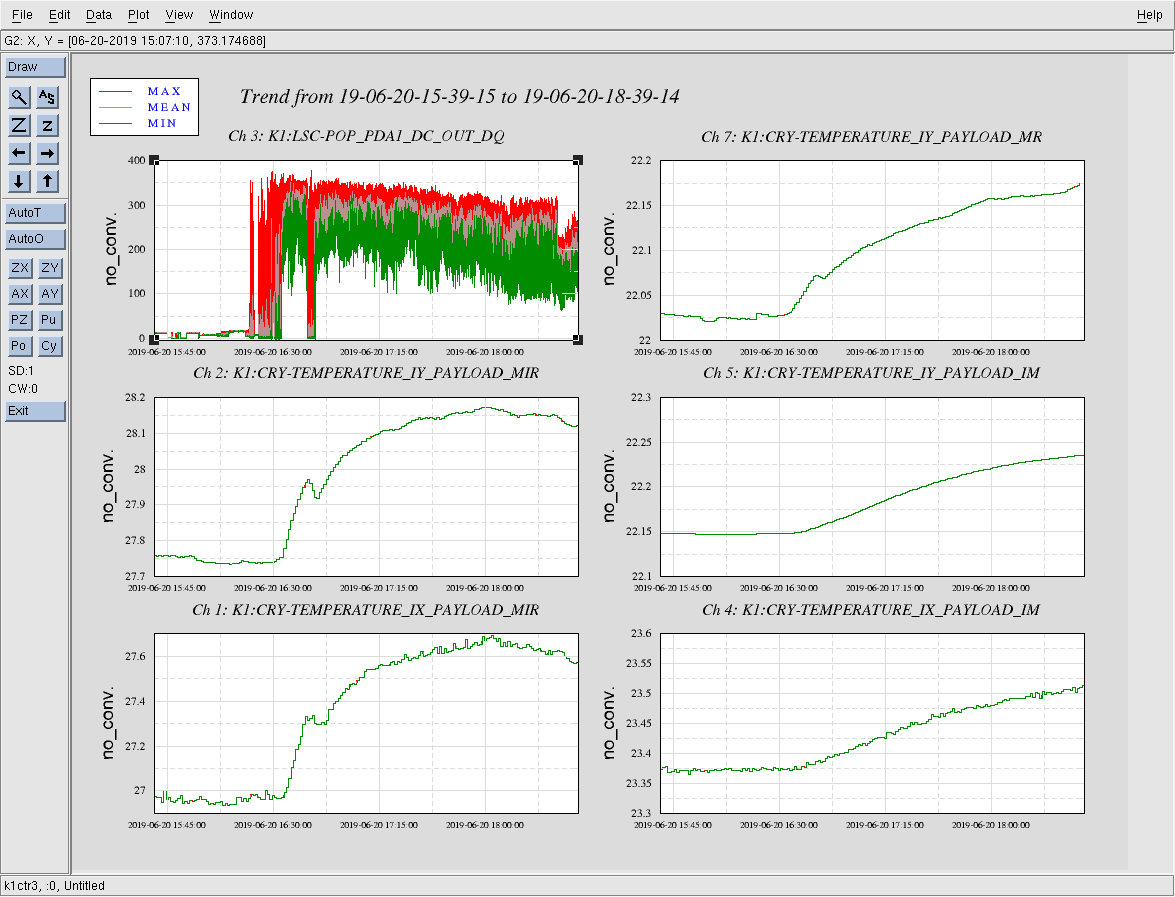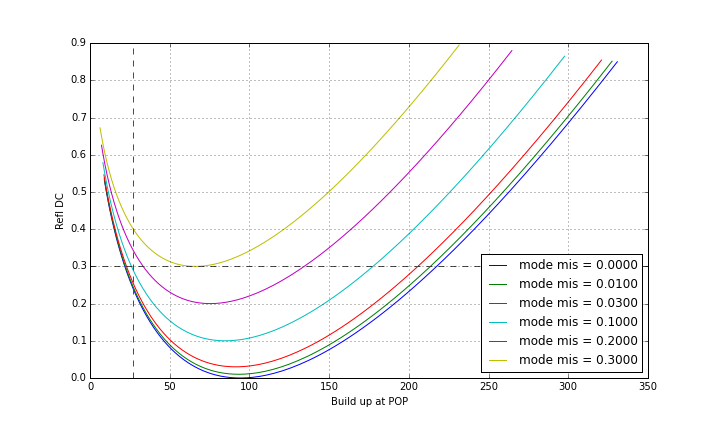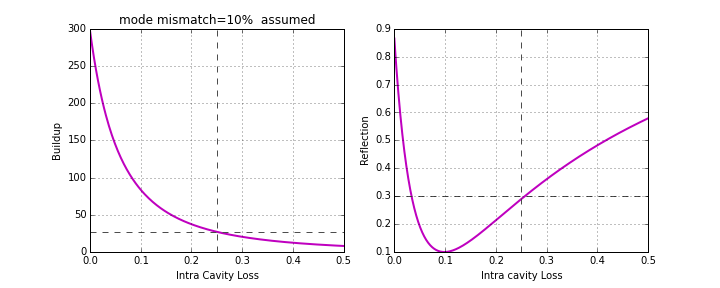Tomo, Yutaro, Kiwamu,
Continuing studying the clipping issue (9289), we performed several measurements to characterize the optical losses in PRMI. Here is a list of the measurements we did tonight.
- Difference between ITM reflectivities
- Contrast defect
- Recycling gain
Based on these measurements, we are concluding that the cavity loss in PRMI is an anomalously high value of 25% or so without taking the mode-matching into account.
In addition, we went out to the floor and physically looked at the beam shapes at various in-air tables, confirming that what we saw on the cameras yesterday were real. Since IMMT1 trans and the PRM direct didn't have an obvious sign of clipping, we now think that the clipping point somewhere downstream after PRM.
Alignment of IMMT2
Initially, we aligned IMMT2 in such a way that the main laser light maximally coupled to the X arm while the green light can be resonant in the X arm. We hoped that this process would bring us to a point where the clipping is less. However, this process actually made us go to the positive direction by roughly 50 urad. This direction is the one we had worse-looking beam shapes (9289).
ITM reflectivities
Difference between the reflectivity of two ITMs was measured. We used the single-bounce condition where either of the ITMs was left aligned while the other was misaligned. PRM and SRM had been kept misaligned during the measurement. In this condition we measured the digital counts read at the POP and AS photo detectors at DC. The results are as follows:
- ITMY single-bounce:
- AS: 53.31 cnts
- POP 2.901 cnts
- ITMX single bounce:
- AS:57.63 cnts
- POP: 3.051 cnts
These mean that the reflectivities are different by 8% or so if we use the values from the AS photodetector while it is 5% if we use those from the POP photodetectors.
Contrast defect
We then locked the Michelson to check out the contrast defect. Here are the results.
- ITMX single bounce = 58 cnts at AS
- MICH locked = 15 cnts at best at AS
- We interpreted this as a transmissivity so that 15 / (4*58) = 6.5%
Then we changed the alignment of IMMT2 so that it goes to the negative side in which we had seen a slight improvement in the beam shape yesterday (9289). We moved it by 90 urad from the original angle. Repeating the measurement, we didn't see a drastic improvement.
- ITMX single bounce = 58 cnts at AS
- MICH locked = 10-ish cnts at AS
- transmissivity = 4.3%
Since this measurement, we stuck this IMMT1 setting. From these measurement we were expecting a recycling gain of 15 or so, assuming that the loss in the Michelson is dominated by the contrast defect.
Recycling gain
- POP buildup: 12 cnts => 320 cnts at maximum.
- This can be interpreted as a recycling gain of 3
- The amount of the reflection dropped to 30%.
- This corresponds to an intracavity loss of 25% or so.
- We don't think this is inconsistent with the contrast defect measurement, assuming that the cavity loss is common on the ITMs or somewhere between PRs or BS and PR3.
- The beam shape didn't look great either. See the attached screenshot.
Performing a quick-n-dirty calculation, we believe that the inclusion of the mode-matching loss doesn't make a drastic impact on the recycling gain.
In addition, we found that both ITMs kept increasing the temperature as we held the PRMI locked for the carrier. ITMX acquired an extra temperature of 0.7 deg whereas ITMY acquired 0.4 deg in approximately 90 minutes.






